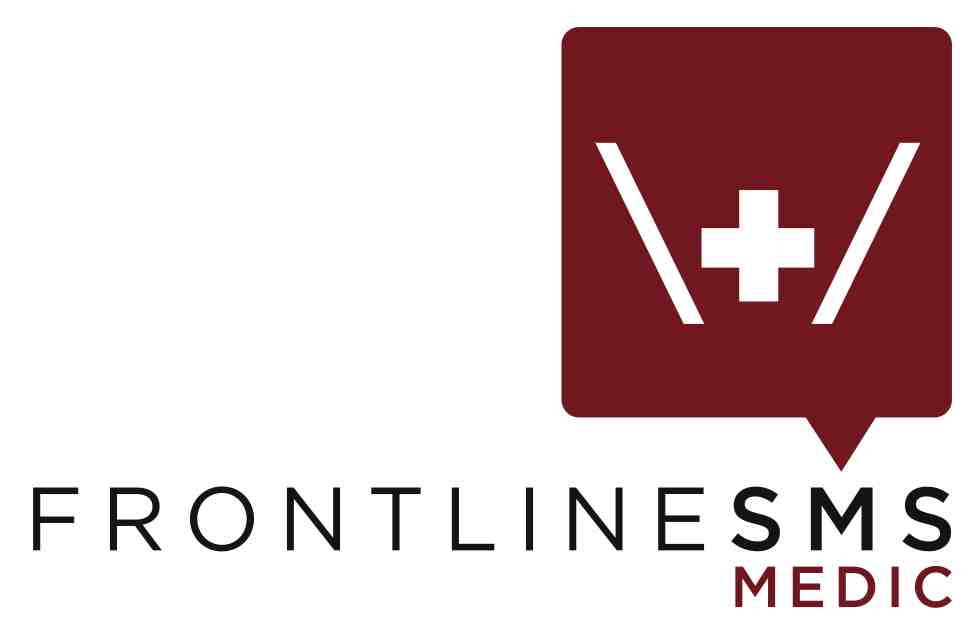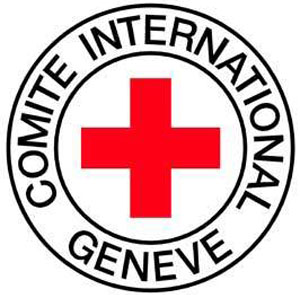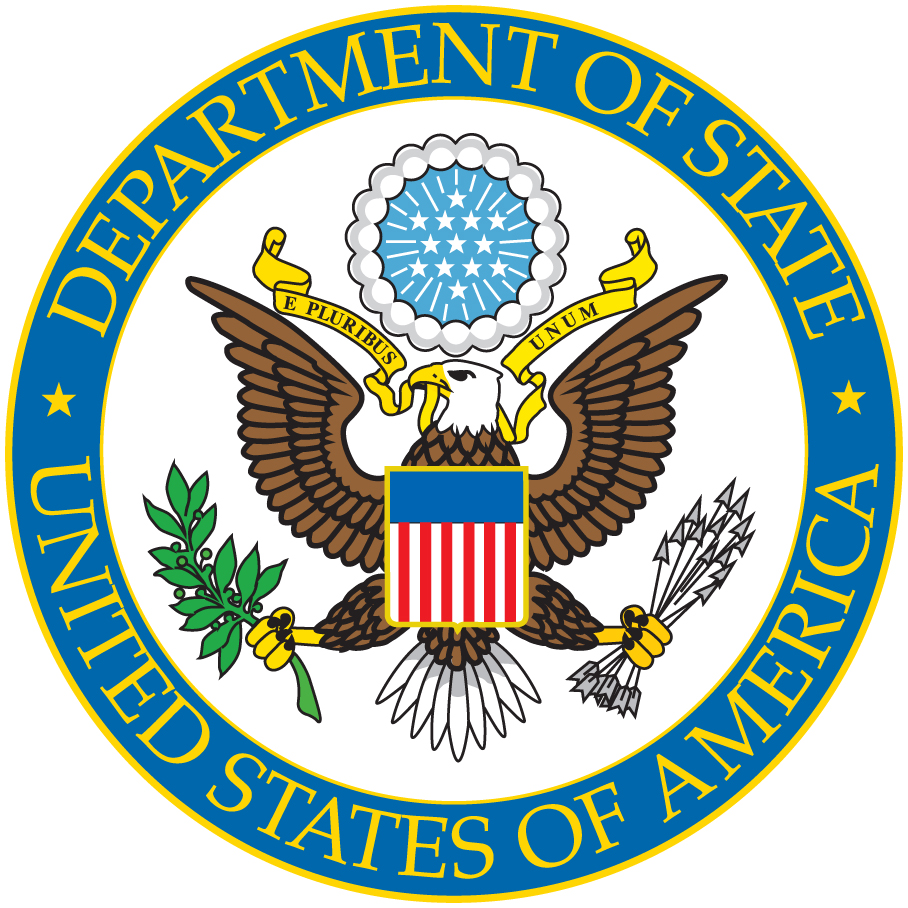Within hours of the earthquake, it became clear that most of Haiti’s cell phone towers were still operational and that text messages were getting though. Because text messaging (SMS) is the primary means of remote communication in Haiti – surpassing email, traditional mail and actual phone calls – this crucial fact did not escape the notice of several concerned citizens in the Diaspora.
Week 1 – Launch
Across the country, multiple organizations sought the best possible application of the Haitian technology available. Josh Nesbit, Executive Director of FrontlineSMS:Medic and the Katie Dowd of the US State Department contacted Jean-Marc of DigiCel, the country’s largest cell phone network, hoping to obtain the “4636” short code as a free aid service. David Wade of Votident established the data connection with Digicel and Robert Munro of Energy for Opportunity and Stanford mobilized a workflow where thousands of Kreyol-speaking volunteers would translate and categorize SMS messages, while plotting the senders’ location in a map. The initial system was built as a Missing Persons database by Tim Schwartz, and adapted by a number of engineers including Brian Herbert of Ushahidi, before being swapped out for CrowdFlower a few days later (see below). Tim Schwartz would later use the same platform for a substantial crowdsourced Missing Persons information processing effort, also coordinated by Robert Munro. The messages (now triaged with a translation and coordinates) were streamed back to relief groups in Haiti. Among the most active group of volunteers were Union Haiti of Montreal, who organized teams of Kreyol-speaking volunteers to work around the clock and members of the Service Employees International Union across the US.
The system came together quickly – conception to launch was just 48 hours. Despite the limited time-frame, we were supported by a global collective of leaders in mobile technologies, content management, and crisis response. People from ten organizations globally dropped everything in this period to help us establish the most robust architecture possible: ActiveXperts, Energy for Opportunity, The ExtraOrdinaries, FrontlineSMS:Medic, Google.org, MIT Media Lab, Sahana, Stanford University, US State Department, Ushahidi and Votident. We are grateful to them all.
Their efforts soon met with those of with Timothy Large of the Thompson Reuters Foundation, who were already on the ground, gathering and disseminating vital information with their technical partners InSTEDD. The publicized the number on local radio, making the service known to large numbers of the Haitian population, which was especially crucial in areas outside of Port-au-Prince that wouldn’t have direct contact with aid agencies for many days or even weeks to follow.
Within days, the “4636” project became part of a much larger response effort. Patrick Meier, Head for Crisis Mapping at Ushahidi, had launched a version of their open source project within hours of the earthquake which allowed users to map crisis information in Haiti. On the 19th, the Ushahidi Haiti team was linked directly to the “4636” live feed. Until this point, the contact with aid operations was conducted on a per-message basis with search and rescue team in Haiti. From this time, the US Marines starting taking the feed of Mission 4636 messages and established a dedicated force to monitor and respond to them. The Ushahidi @ Tufts team also helped identify `actionable’ messages.
Mark Prutsalis of Sahana, was also including the SMS messages as part of their crisis response maps, and Eric Rasmussen of InSTEDD had joined the team in Haiti. InSTEDD’s presence in Haiti departed and Ushahidi’s involvement in Mission 4636 concluded, but both continued to provide vigilant technical advice. With the help of Katie Stanton – an early advocate of “4636” – they connected the second largest cell phone carrier, Comcel/Voila, to the effort.
Meanwhile, the volunteer translators (many of whom are still with us three weeks later: Fred (Apo), Ronny, Sebastien, Marc, Sarah, Jimi, Ronald, Jenn, Claire, Rebecca, and Jennifer) were forwarding messages to people outside of Haiti, often contacting these relatives directly. One truly positive aspect was that 99% of these were reporting someone ‘found’ to their international relatives for the first time.
Week 2 – Expanding the Response
A week after the earthquake, many Search and Rescue operations were scaled back. But many members of the joint military relief effort had come to recognize the effort as an invaluable resource, and eagerly agreed to establish direct contact with the initiative, enabling two-way communications in the response to actionable messages, with the US Coast Guard joining the Marines as responders, working as part of Southern Command.
While 90% of work was being completed within Mission 4636, the Ushahidi @ Tufts (Ushahidi Haiti) volunteers were also still contributing, and began refining the original translator’s coordinates through a second group of volunteers overseen by Jaroslav Valůch, Denise Sewell, and Hilde Berg-Hansento, allowing them to geographically cluster messages in order to intelligently coordinate the response on the ground.
There was a 10-fold increase in responses to emergency text-messages and we were now targeting medical responses to hundreds of people and the first food, water, and aid deliveries to thousands. For many non-emergencies, the Kreyol-speaking translators had formed their own online communities where they were sharing maps and information about distribution centers, and replying with directions to people on the ground, bringing those within Haiti into the information loop.
Week 3 – Becoming a Trusted Source
The third week marked our transition to a more sustainable long-term platform with the official arrival of two incredible organizations, CrowdFlower and Samasource (headed by Lukas Biewald and Leila Janah respectively), to our team. Robert Munro reached out to CrowdFlower to donate their robust microtasking platform to host the translation service. Samasource, their long-term partner, are a non-profit that bring dignified, computer-based work to women, youth, and refugees living in poverty. Samasource had been training over a hundred workers in Haiti and had signed an agreement with FATEM workers in Haiti just hours prior to earthquake. By relocating Mission 4636 to these Haitian workers, we were able to both create skilled jobs, and ensure the sustainability of the service.
A release articulating the impact of this collaboration was written by Francesca Garrett, a long time volunteer from Texas who had been coordinating the resources of the involved organizations. Through her release, the name “Mission 4636” (and this site) was born, presenting a unified front in disaster relief in Haiti.
While the emergency response continued, an increasing number of organizations were using the maps to plan and coordinate relief efforts, including the Red Cross, Plan International, Charity Water, US State Department, International Medical Corps, AIDG, USAID, FEMA, US Coast Guard Task Force, World Food Program, SOUTHCOM, OFDA and UNDP.
Week 4 – Preparing the Move to a Haiti-Based Service
By the fourth week, messages to 4636 had become steady at about 1000 per day. Response teams were still targeting aid, food and water, and we had settled into a stable efficient system where messages were quickly translated, categorized, geo-coordinated and streamed to the response teams. By this stage, the ability to respond to emergencies had caught up with those coming in. Even births were being regularly attended to by emergency responders.
CrowdFlower/Samasource continued with preparations for the move to Haiti, with a team in Mirebalais ready to begin work as soon a logistics allow. Microsoft Research began a partnership with Mission 4636 to create Kreyol-English language technologies – the messages and translations have already been used to increase the accuracy of the Bing automatic translation system.
Week 5 and beyond – The Move to Haiti
Leila and Lukas traveled to Mirebalais to train workers in microtasking, and in particular the “Mission 4636” emergency response system. The workers are all bright, motivated, hard-working and many started work immediately. The workers are part of the 1000 jobs for Haiti initiative, and the center in Mirebalais itself managed by FATEM. Eric Nguyen and Alex Onsager of Samasource followed soon after to conduct more training, with 50 workers in Mirebalais in fulltime employment as part of this process.
The crisis mapping initiatives at Ushahidi @ Tufts also began moving their service to Haiti, partnering with local tech company Solutions who were creating “Noula”, a similar emergency reporting service on a new number, 177.
By the end of Mission 4636, some 12 weeks after launch, 80,000 messages had been processed, with about 40,000 receiving some amount of data structuring, be it categorization, geolocation, or translation. Of these, almost a quarter were processed by the paid Samasource/Fatem workers in Haiti, showing a successful transfer of skills to a sustainable local workforce while providing employment where it was needed most.


















2 replies on “Collaborating organizations and history”
Comments are closed.